The Muong people in Thanh Son district in particular and the Muong people in Vietnam in general follow polytheistic beliefs, a few are influenced by both Buddhism and Confucianism.
Ancestor worship is considered the most important belief of the Muong people in Thanh Son. Ancestors are the guardian deities of the family and clan. Therefore, ancestors from 5 generations down are always worshiped and cared for by their descendants according to custom.

Ancestor worship is the most important belief of the Muong people.
The ancestral altar of the Muong people is not placed in the middle room like the Kinh people, but is placed outside the wall of the main room next to the "cot cho". In some families, next to and above the ancestral altar, there is also a small altar called "theng" (saint) to worship the totem of their family that they absolutely abstain from (not eating or catching): Dogs, cuckoos, chortens, hummingbirds...
Along with that is the worship of Chang Wang (Chang Wang Khang Quan lai lenh): This form of worship originates from the legend that the Muong people call the brothers of Wang Khang Quan lai lenh - the gods who protect the family from being robbed, safe in production and travel. The Muong people worship the two men in the most sacred position in the stilt house, which is "voong toong".
The two men’s residence in the stilt house is called “hénh” - which are two rectangular bamboo trays placed on the roof in front of the stilt house, at the end of the outer room. The ceremony to worship Chang Wang (cầu hàng) is often performed by families during the Lunar New Year or before going on a long trip, when fishing, hunting...
The Muong people in Thanh Son also worship human gods, which are real historical figures that have been mythologized, such as Mr. Dinh Cong Moc - a local chief who followed the Lam Son army to fight the Ming invaders, was awarded the title of Vu Quan Cong and is worshiped at Thach Khoan communal house; Mr. Ha The Trat and Ha Kha Chinh are worshiped at Dong Ruc temple, Vo Mieu commune, also local chiefs of the Lam Son army; General Nguyen Quang Gia - a general who fought the invaders during the Tay Son period - Nguyen Hue is worshiped at Vo temple, Vo Mieu commune...
In addition to worshiping ancestors, gods, and human gods, the Muong people also have the belief of worshiping Mu (mother). Under the roof of the stilt house, in the innermost room - the women's bedroom - there is an altar for "Mu" (pan Mu).

Offerings to the Goddess
In particular, the Muong people in Thanh Son have a custom of holding a ceremony to replace the ghost of the birth. When the newborn is 7 or 9 days old, the family sets up an altar to worship the gods. Offerings on the day of replacing the ghost of the birth include fruits, banh troi, banh ot, paper clothes and must have 7 eggs (if the baby is a boy), 9 eggs (if the baby is a girl).
After the ceremony, the mother takes the baby and hands it over to a healthy person, the family is peaceful, harmonious, has both sons and daughters, and is financially well-off. After that, the child's father will take the maternity stove apart, clean it, and put it somewhere. The maternity stove changing ceremony is a very important ritual in the life cycle of the Muong people.
Although not too elaborate with high trays, full meals, money, clothes, horses and carriages..., ancestor worship is an indispensable part of every Muong ethnic family in Thanh Son. For that reason, ancestor worship has become an unforgettable cultural beauty for the children of the land and of Muong.
Anh Tu
Source: https://baophutho.vn/tin-nguong-tho-cung-to-tien-cua-nguoi-muong-217664.htm


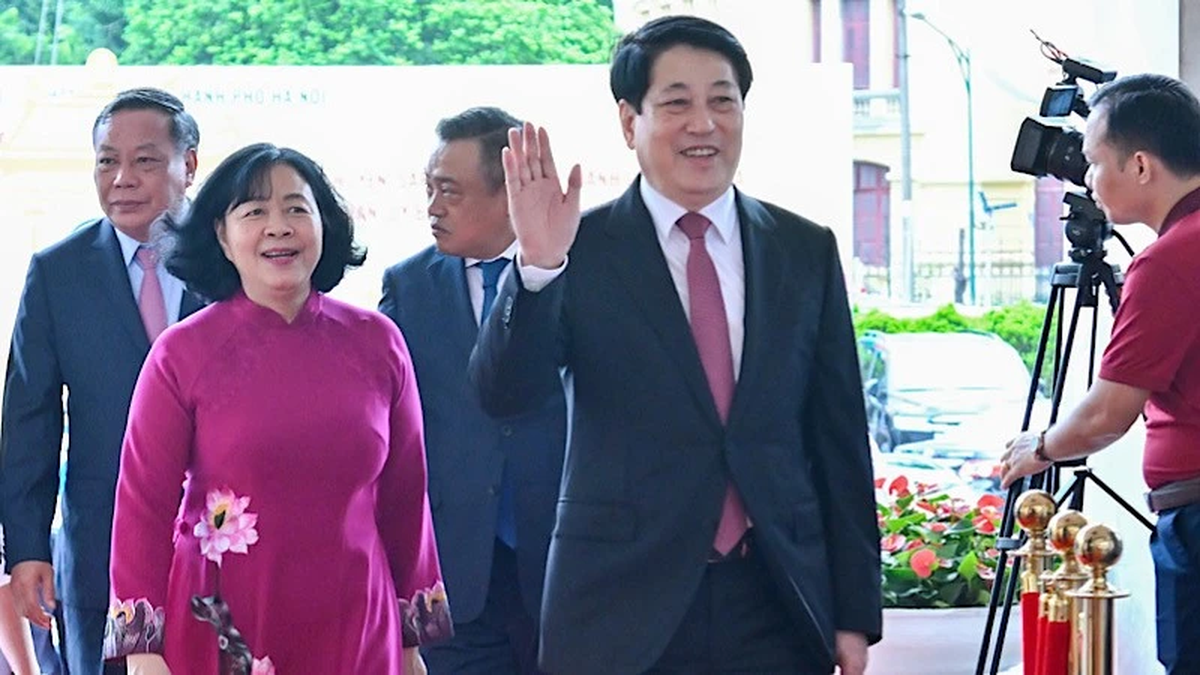
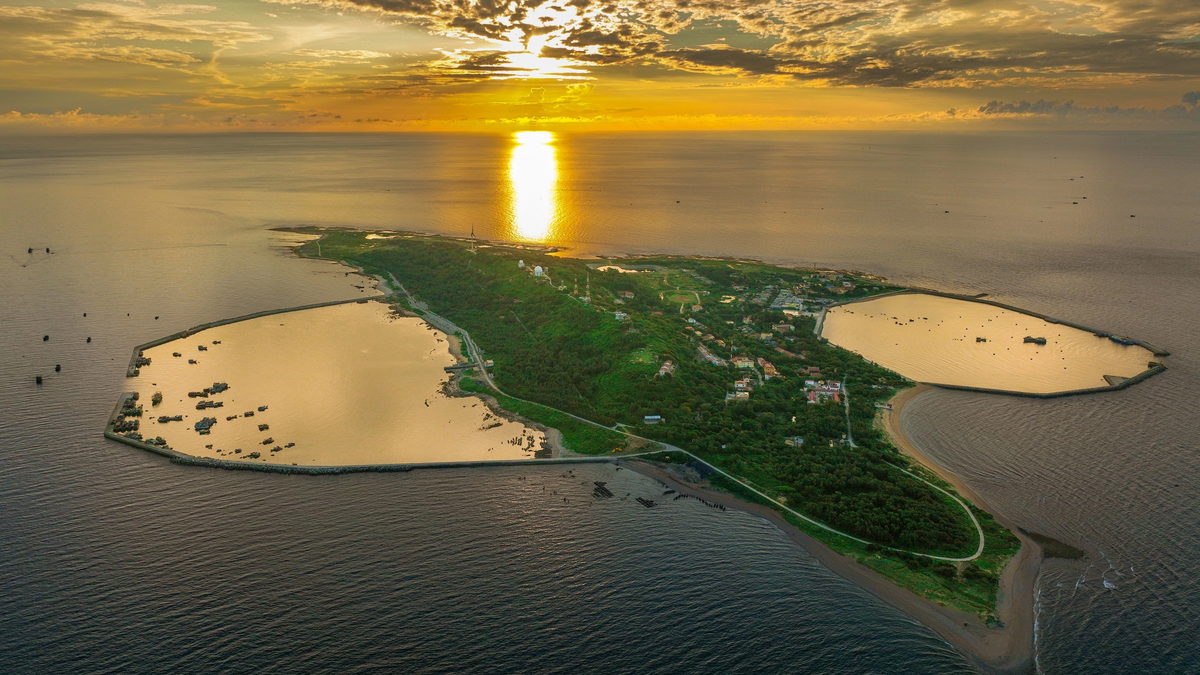
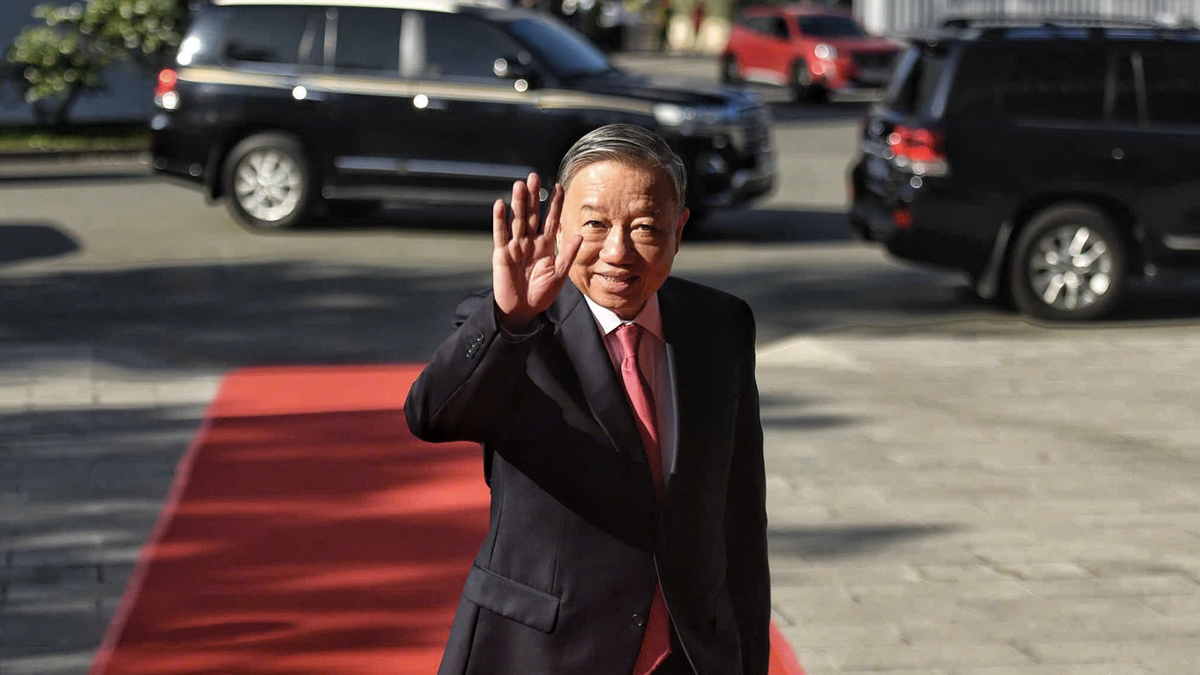
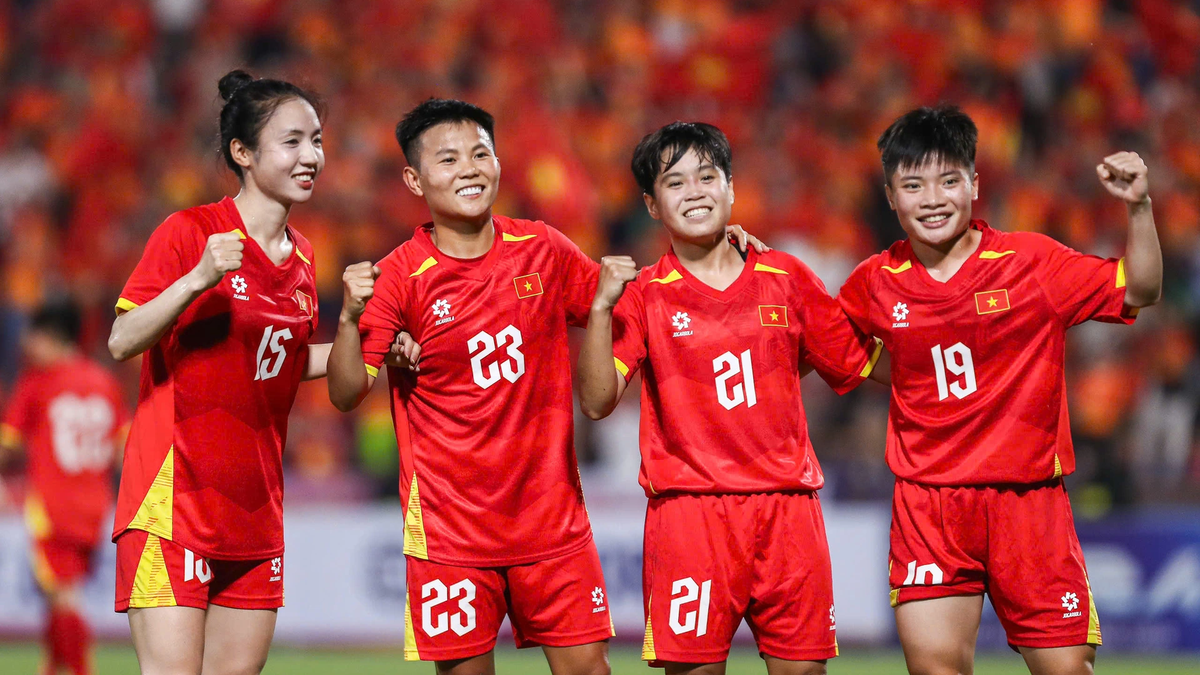
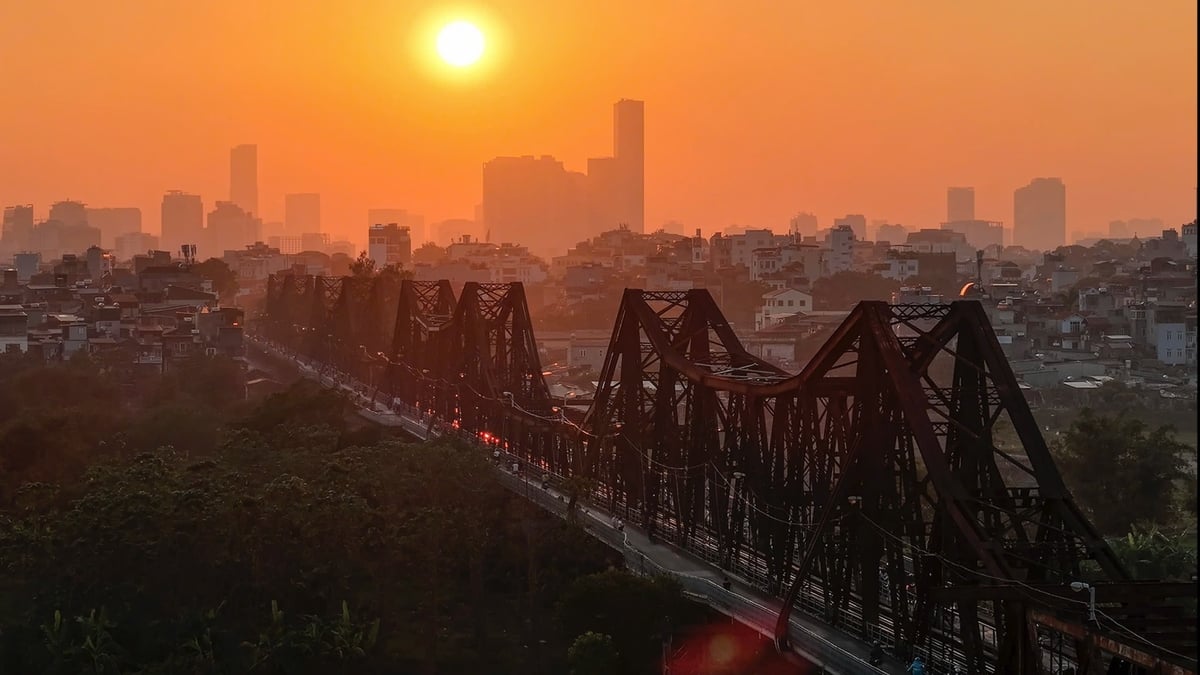
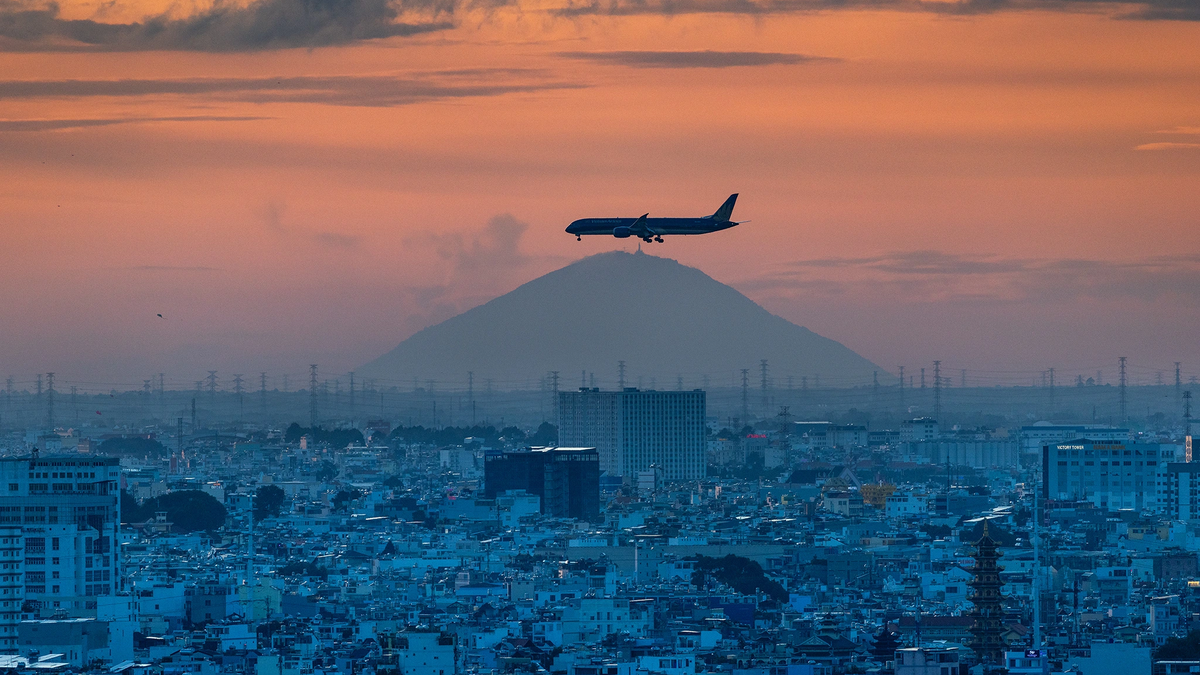
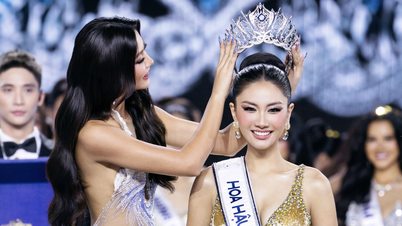

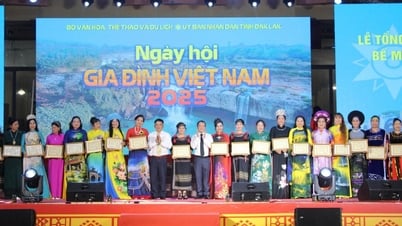

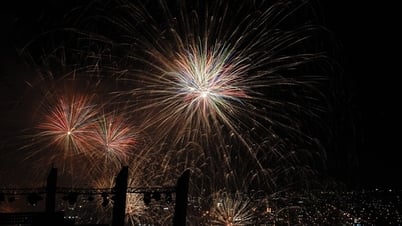

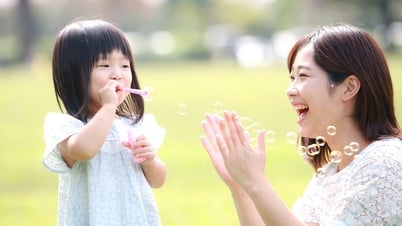
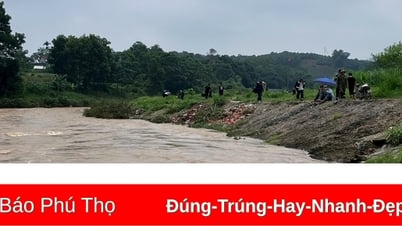

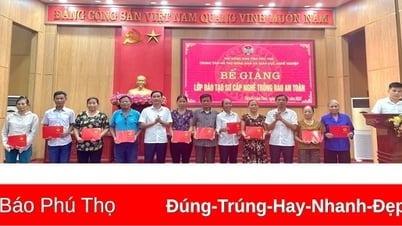
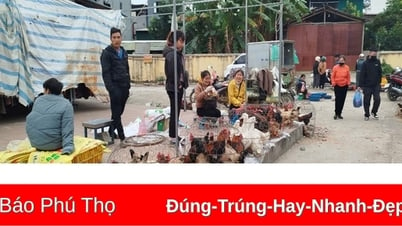
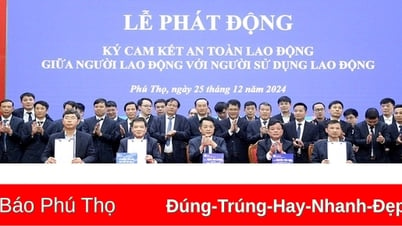
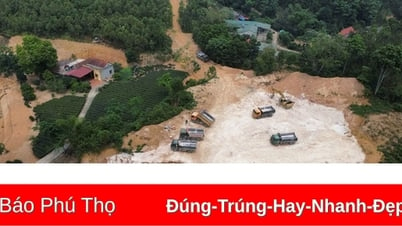
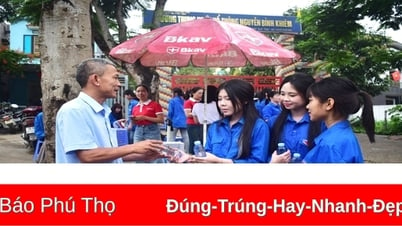
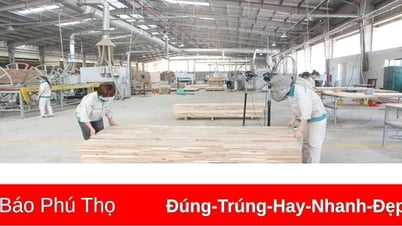
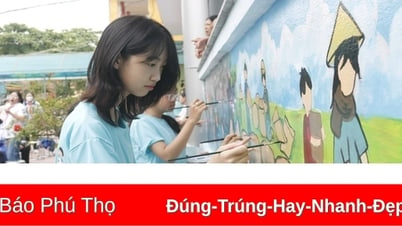
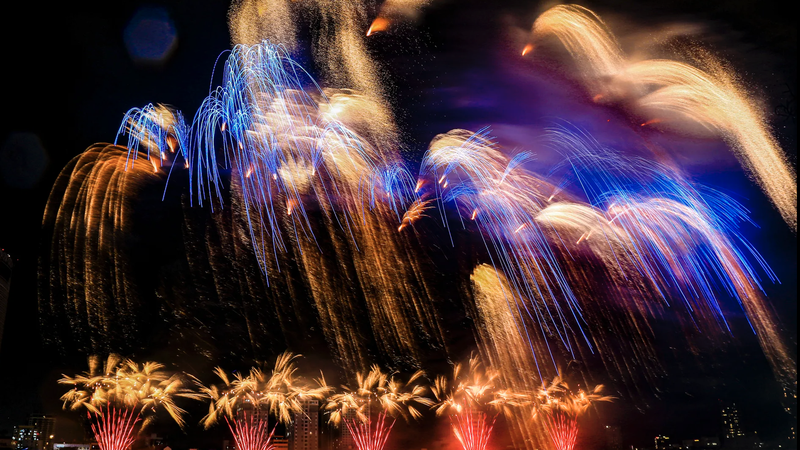
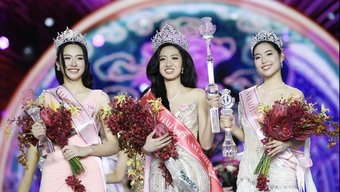
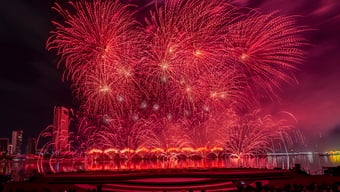
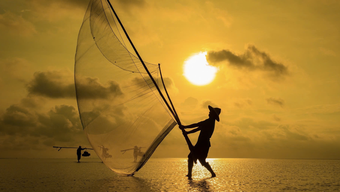
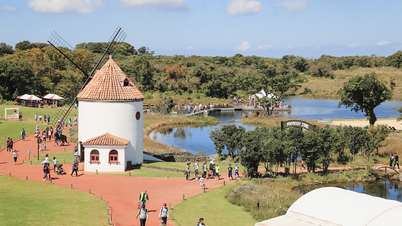
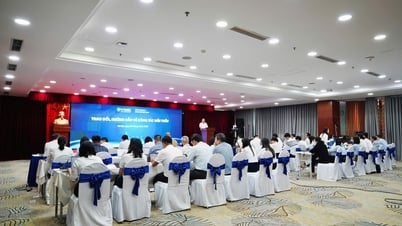
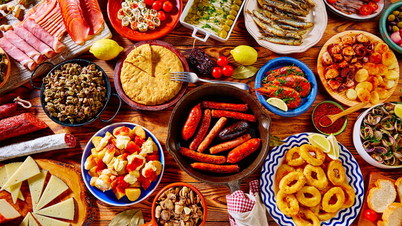
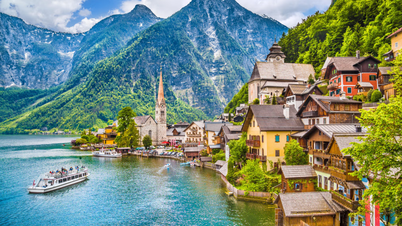
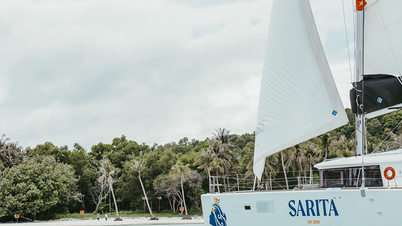
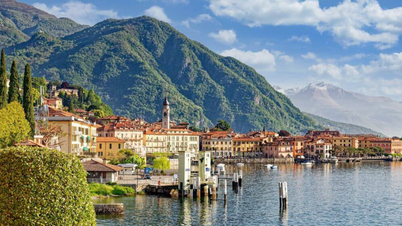
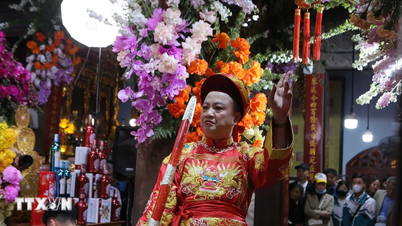

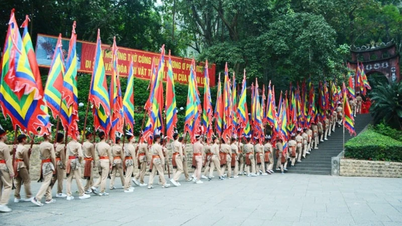

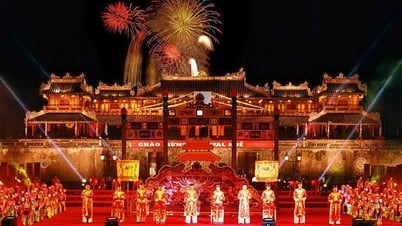

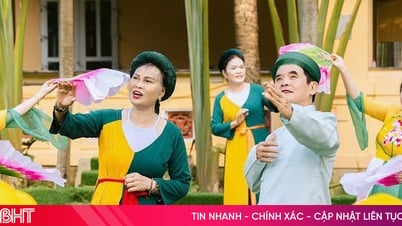

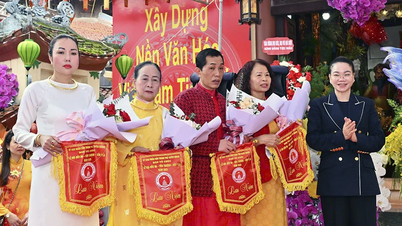
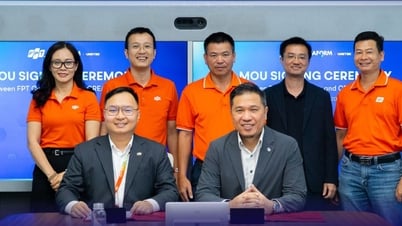

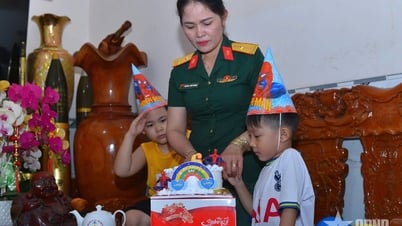
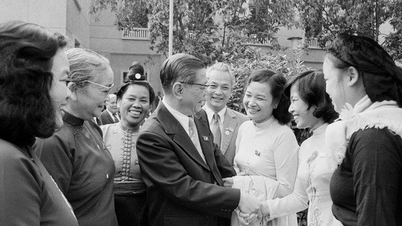
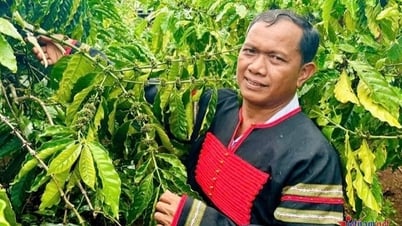

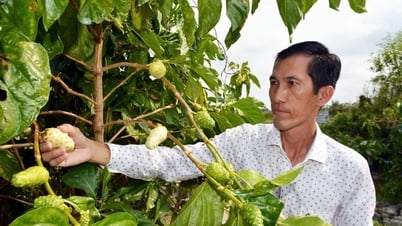

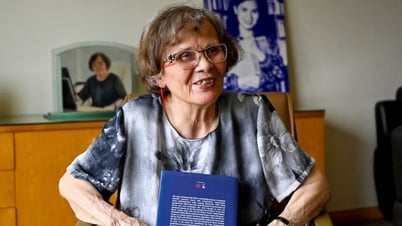

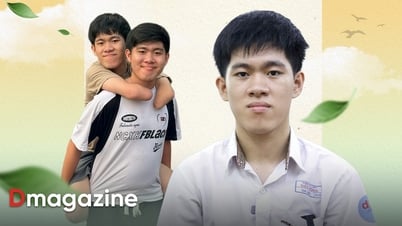
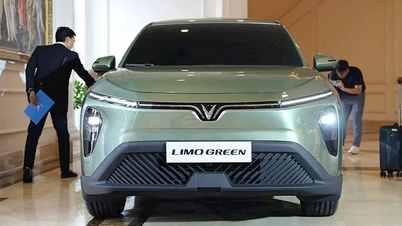

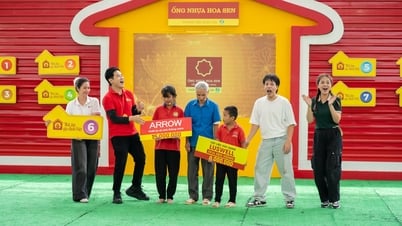
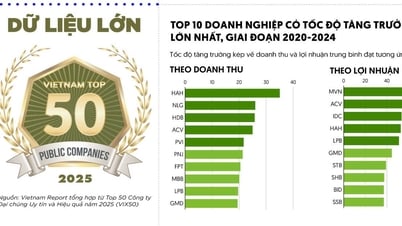

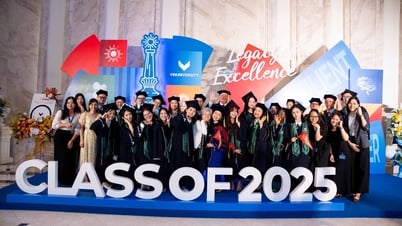
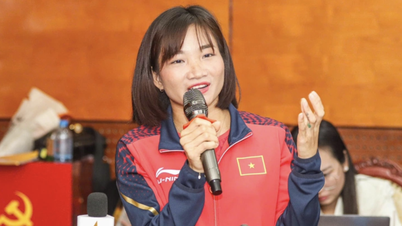
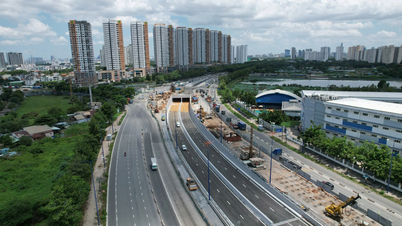
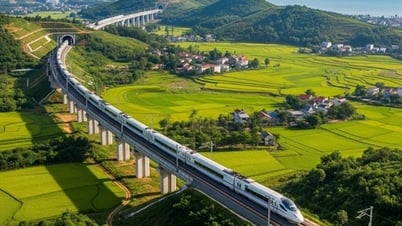
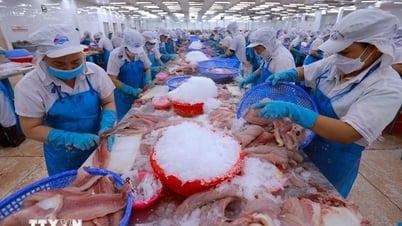

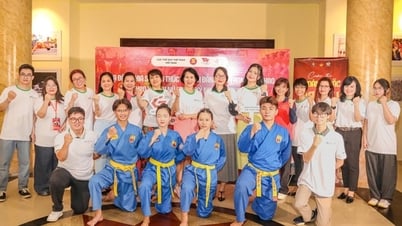

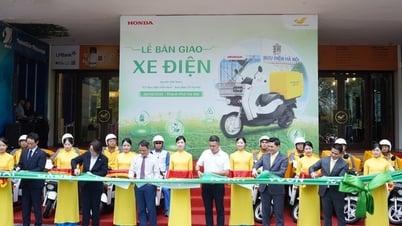

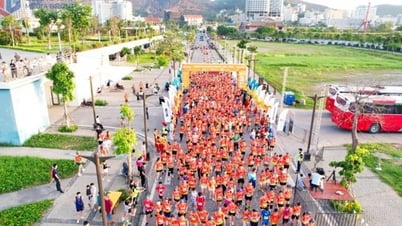
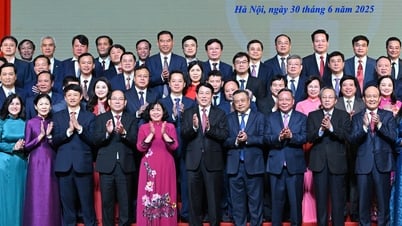

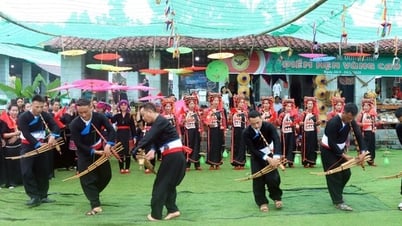
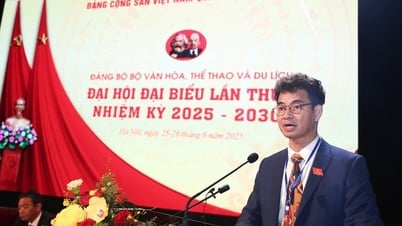
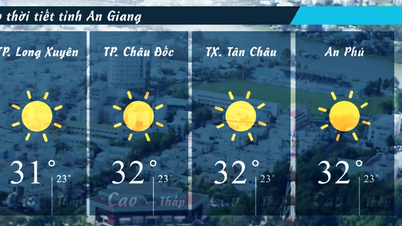

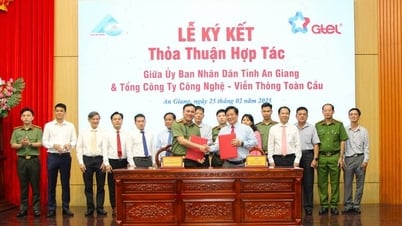
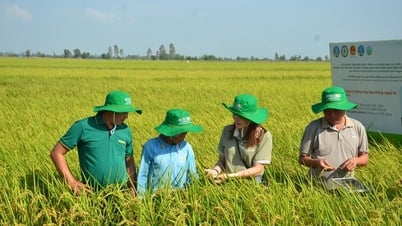
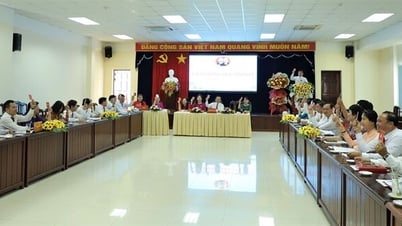
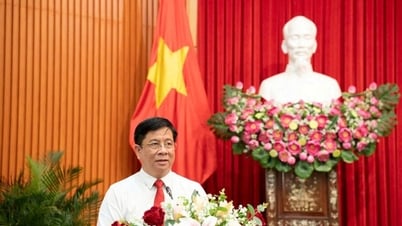
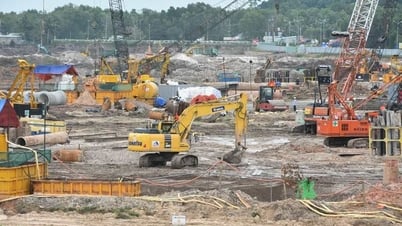
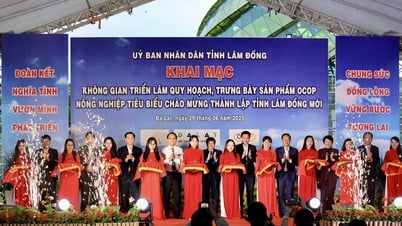



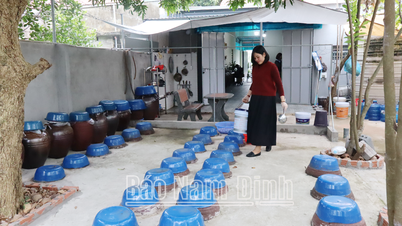

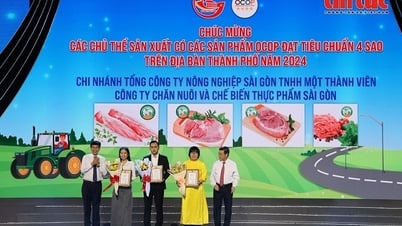

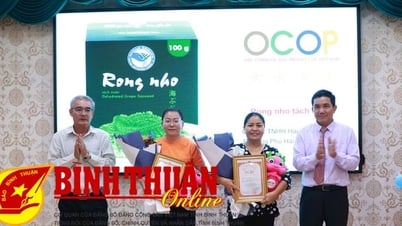

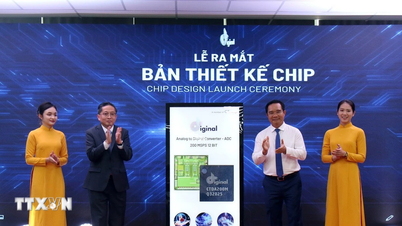

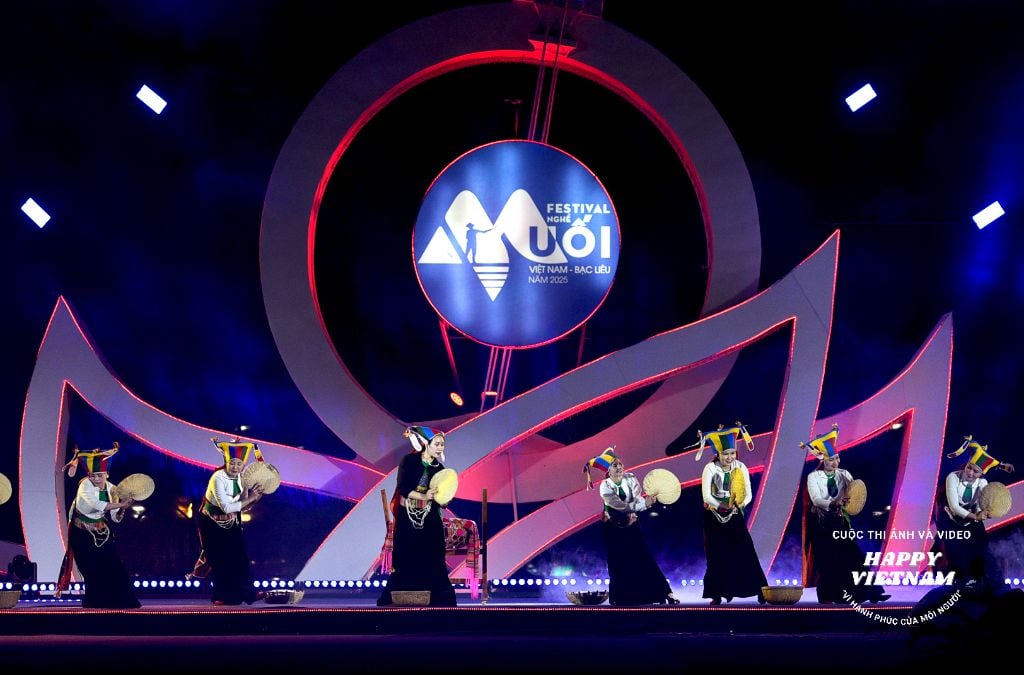
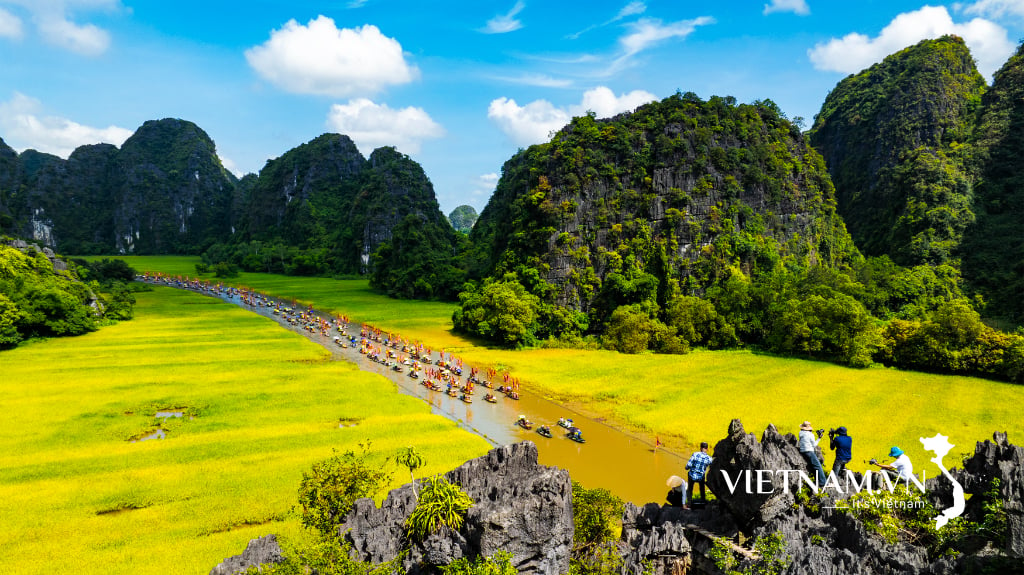
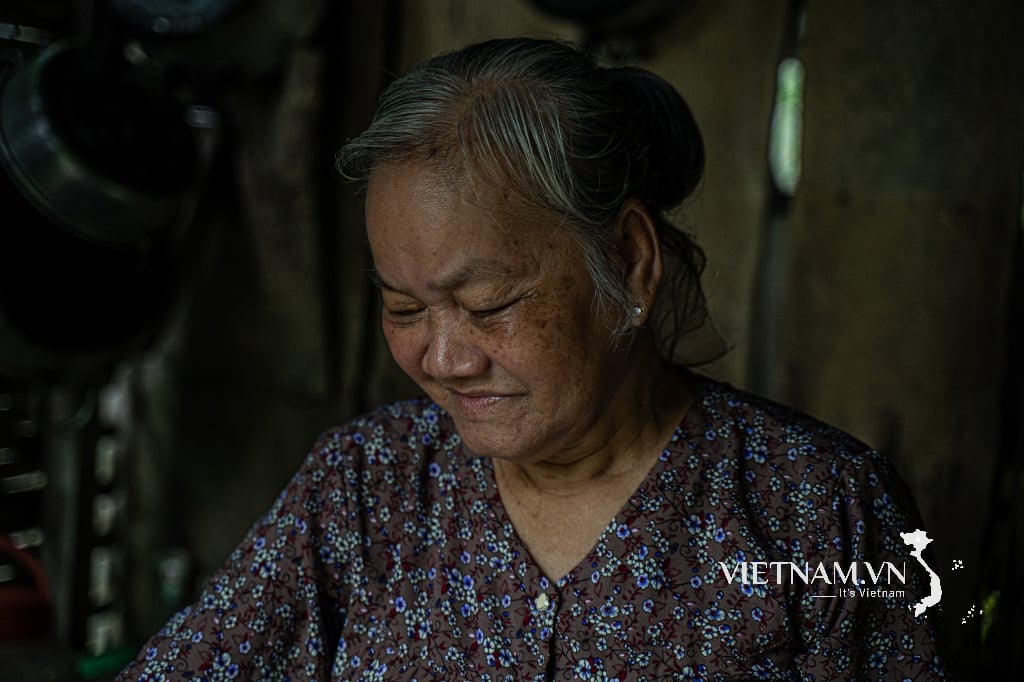
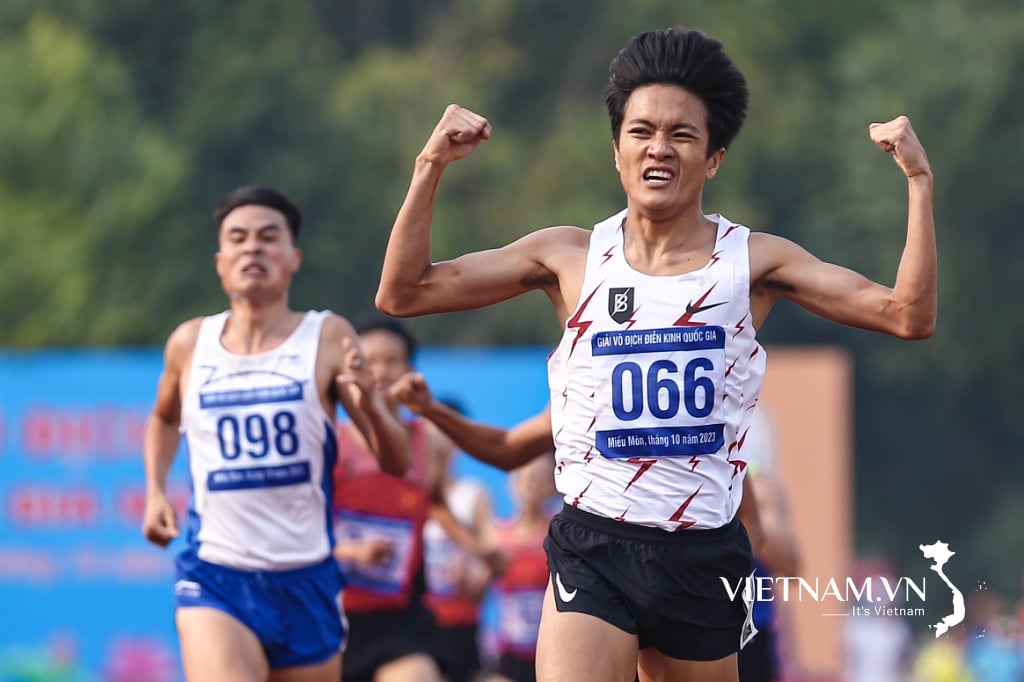
Comment (0)